Advertisement
Unlocking the Secrets of Dog's Behaviour
Advertisement
Dogs are always talking to us through their actions, and understanding their language is key to a happy, harmonious relationship. Mastering dog behaviour to know helps you recognize what your furry friend needs or feels, from joy and excitement to stress or discomfort. This knowledge not only strengthens your bond but also aids in addressing any behavioural challenges and ensuring your dog's well-being. With our guide, you'll learn to interpret your dog's many ways of expressing themselves, making life together even more rewarding.
Head Tilting
Dogs often tilt their heads when something catches their attention or when they are trying to understand a sound or command. This behaviour can suggest a combination of curiosity and confusion, as they attempt to interpret their surroundings. A tilted head can also indicate a dog’s effort to hear more clearly by adjusting their outer ears to better catch sounds. Observing this behaviour provides insight into your dog’s cognitive engagement and emotional state.

Advertisement
Paw Lifting
When a dog lifts a paw, it can signify various emotional states such as uncertainty, expectation, or a desire for interaction. This gesture is common among hunting breeds who may lift a paw when they sense something interesting in their environment. For domestic pets, a raised paw often seeks attention from their owners. By paying attention to this and other body cues, owners can better understand and respond to their dog's communicative attempts.
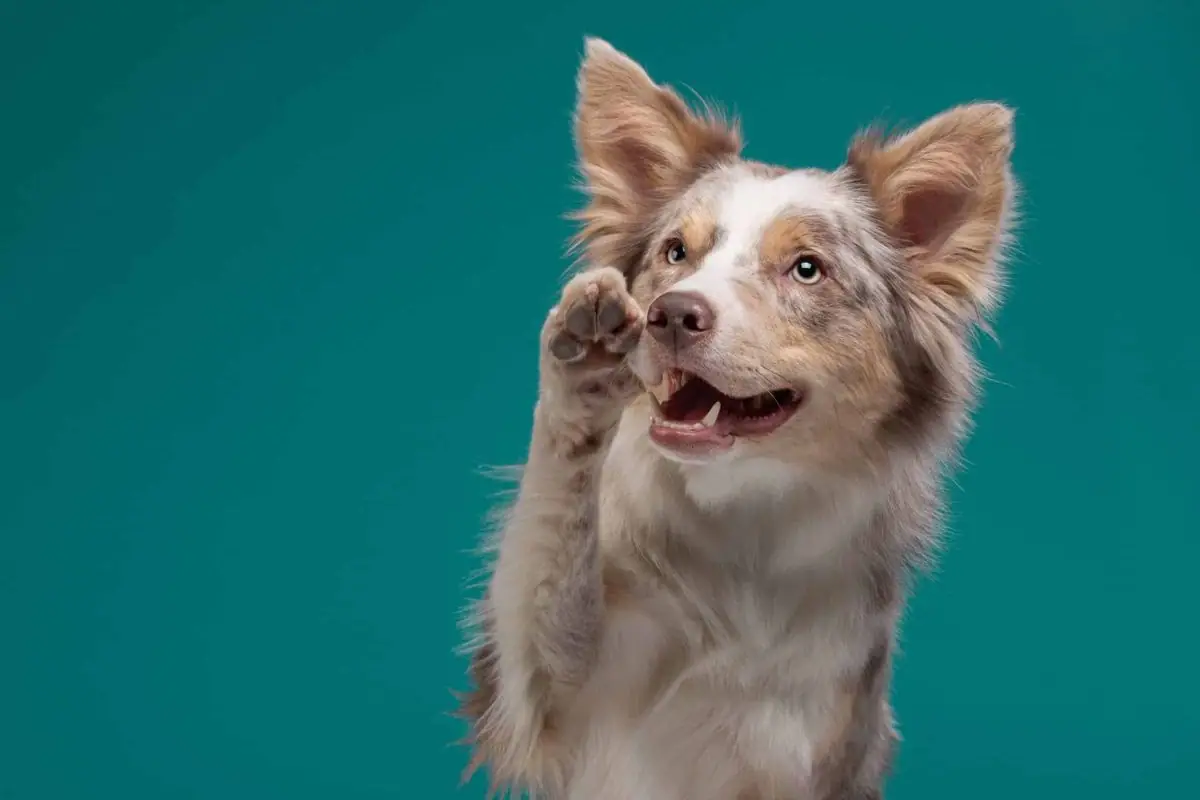
Advertisement
Whining
Whining is a vocal expression that dogs use to communicate a range of needs and emotions, from excitement and desire for attention to anxiety and discomfort. The key to understanding why a dog is whining lies in observing the context in which the behaviour occurs. This understanding is essential for addressing the dog's needs, whether they require comfort, attention, or medical care, thereby strengthening the bond between pet and owner.
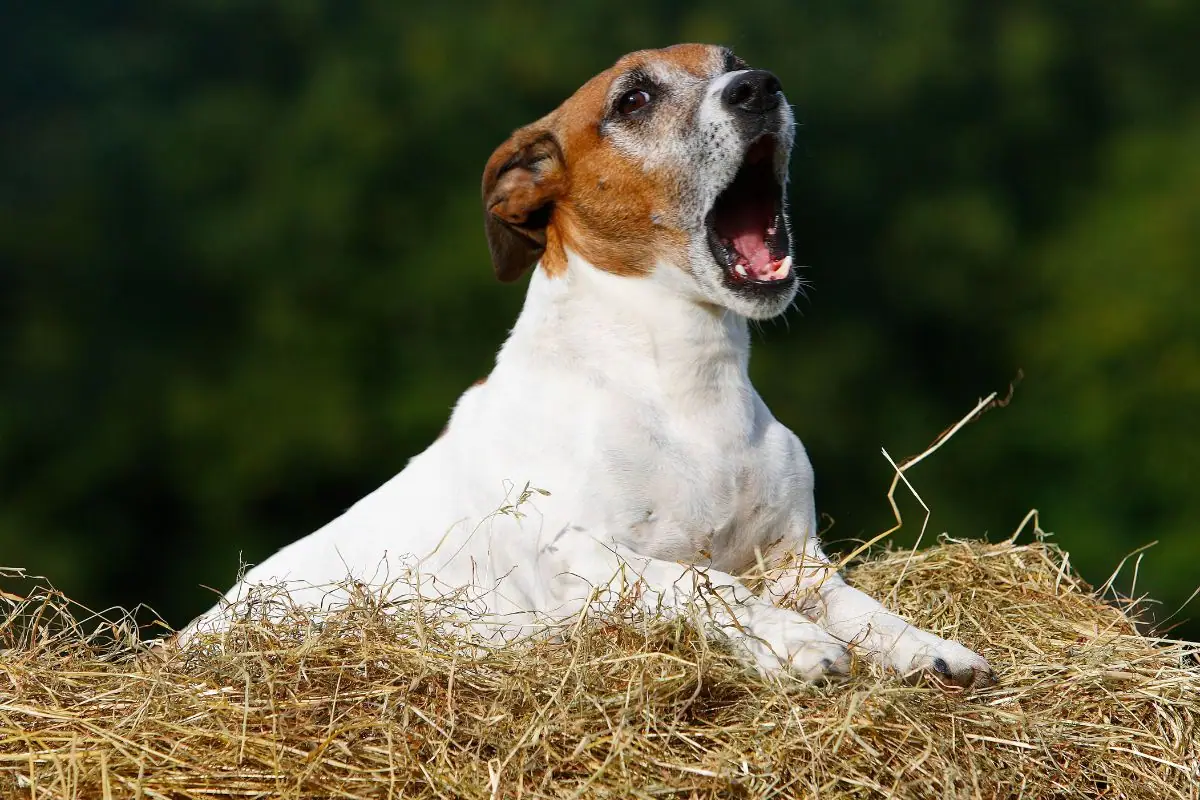
Advertisement
Yawning
Although commonly associated with fatigue, yawning in dogs can also be a response to stress or nervousness. A dog may yawn in unfamiliar or intense situations as a way to cope with anxiety or discomfort. Recognizing this behaviour as a stress signal rather than simply a sign of tiredness can help owners take steps to calm their dog, such as removing them from stressful situations or providing reassurance.

Advertisement
Sniffing
Dogs rely heavily on their sense of smell to interpret the world around them. Intense sniffing can indicate curiosity about a new or interesting scent, but it can also be a sign of stress. Understanding the difference allows owners to recognize when their dog is exploring their environment and when they might be feeling anxious, helping to address their dog's emotional needs effectively.
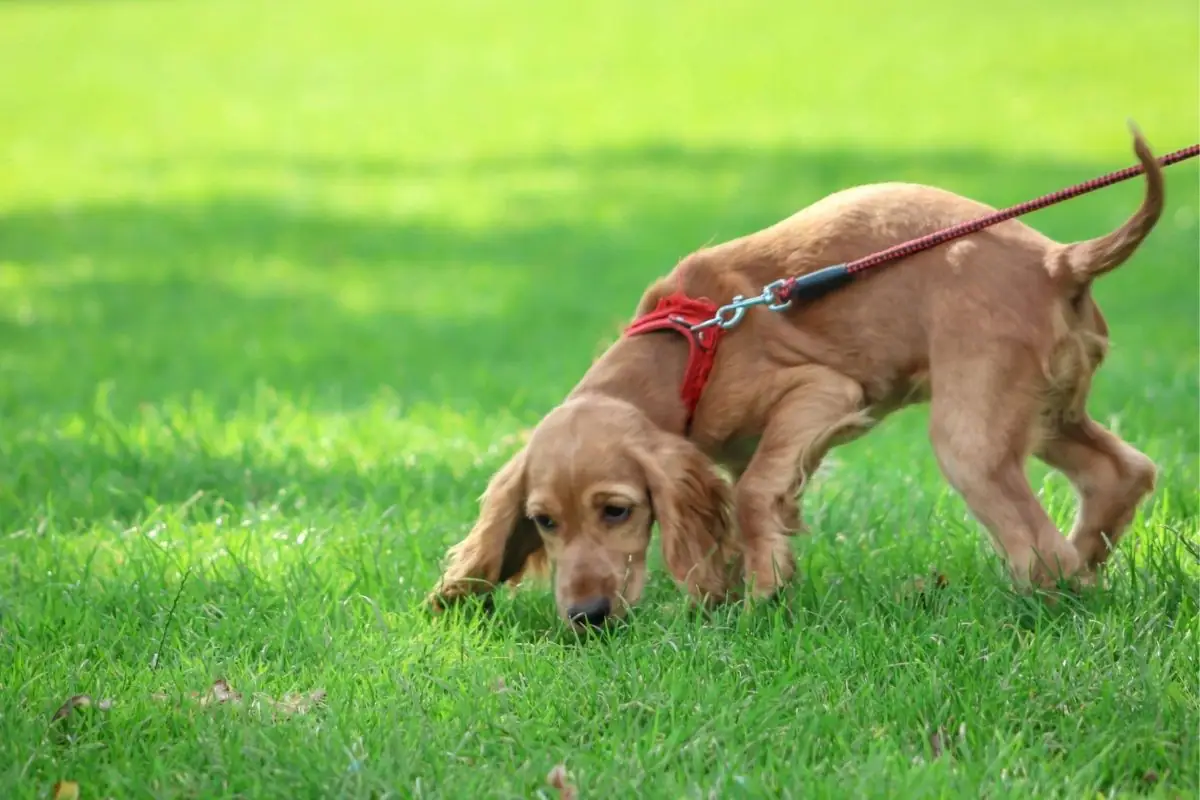
Advertisement
Leaning
Dogs may lean against their owners for a variety of reasons, including seeking comfort, attention, or as a demonstration of affection. This behaviour signifies a dog's trust and comfort with their owner but can also indicate a need for reassurance in certain situations. Recognizing when your dog is leaning for emotional support versus simply seeking physical closeness can guide how you respond to their needs.
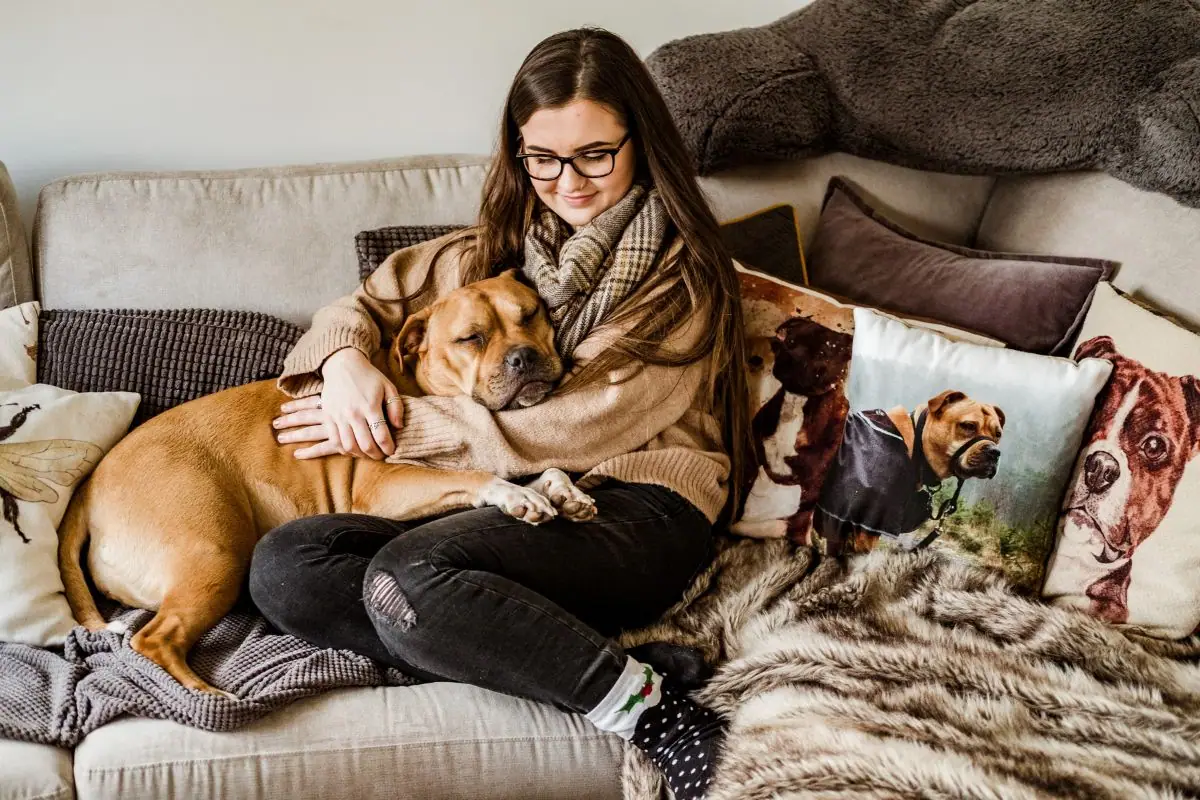
Advertisement
Rolling Over
A dog rolling over to expose its belly can be a gesture of submission or trust, or an invitation to play. Understanding whether your dog is feeling playful and sociable or seeking comfort through submission is crucial. This behaviour provides insights into your dog's social behaviour and emotional state, allowing for appropriate interaction and strengthening of your bond.
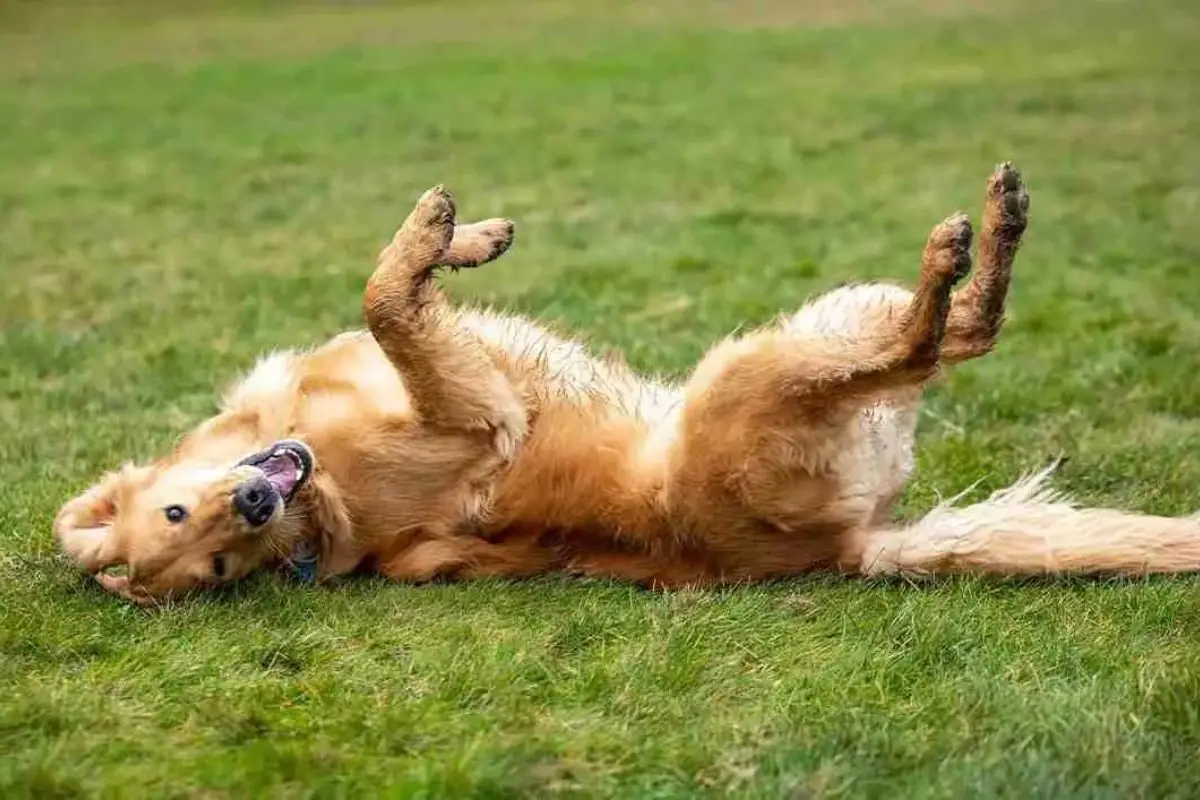
Advertisement
Staring
A dog's stare can convey a wide range of emotions, from affection to concentration or even aggression, depending on the context and accompanying body language. Interpreting the meaning behind a dog's stare—whether it's a loving gaze during a quiet moment or a focused look during training—can enhance communication and understanding between dog and owner.
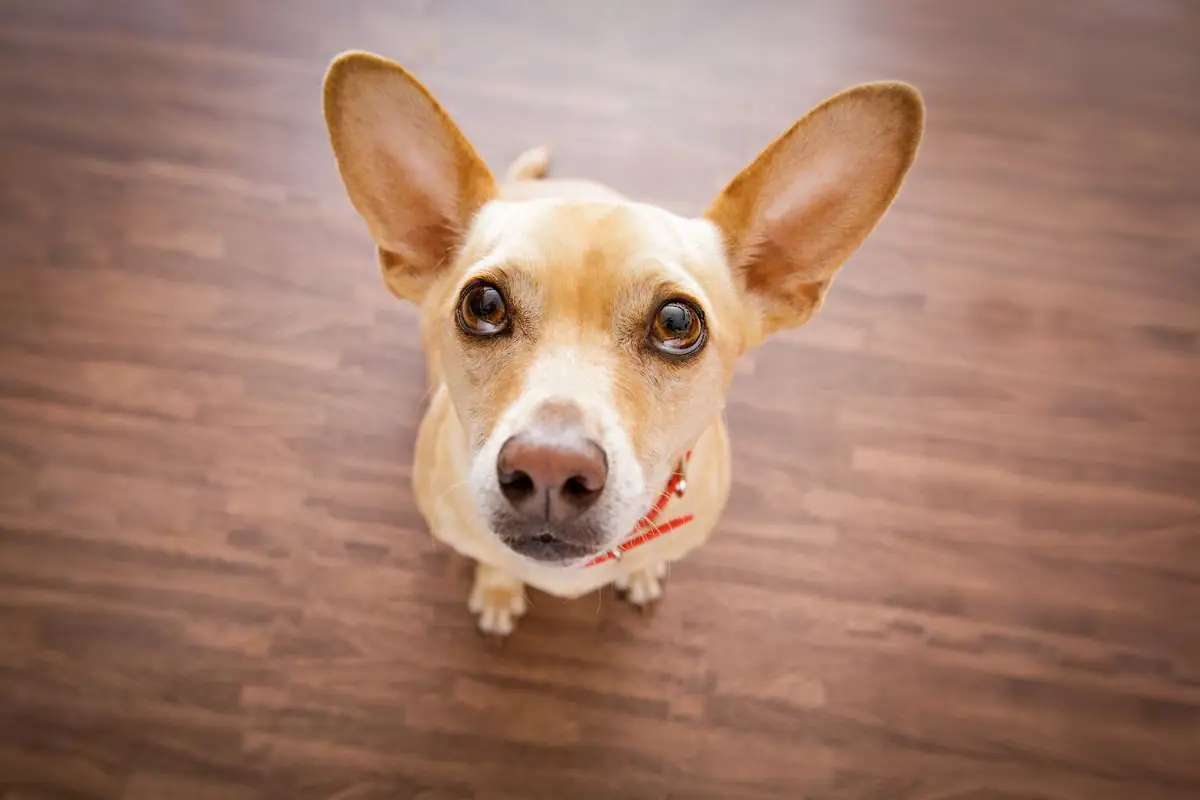
Advertisement
Bowing
The play bow is a dog's unambiguous statement that it wants to participate in playful behaviour. This stance, characterised by the front legs stretched forward and the hindquarters raised, signifies friendliness and an eagerness to play. Recognizing this gesture is important for social interaction and provides an opportunity for bonding through play.

Advertisement
Hiding or Seeking Isolation
When dogs seek solitude or hide, it may indicate they are feeling unwell, anxious, or simply need a break. Noticing these behaviours can be an early indicator of health issues or an indication that your dog is feeling stressed. Understanding when to give your dog space or when to investigate further for potential health concerns is crucial for their well-being.
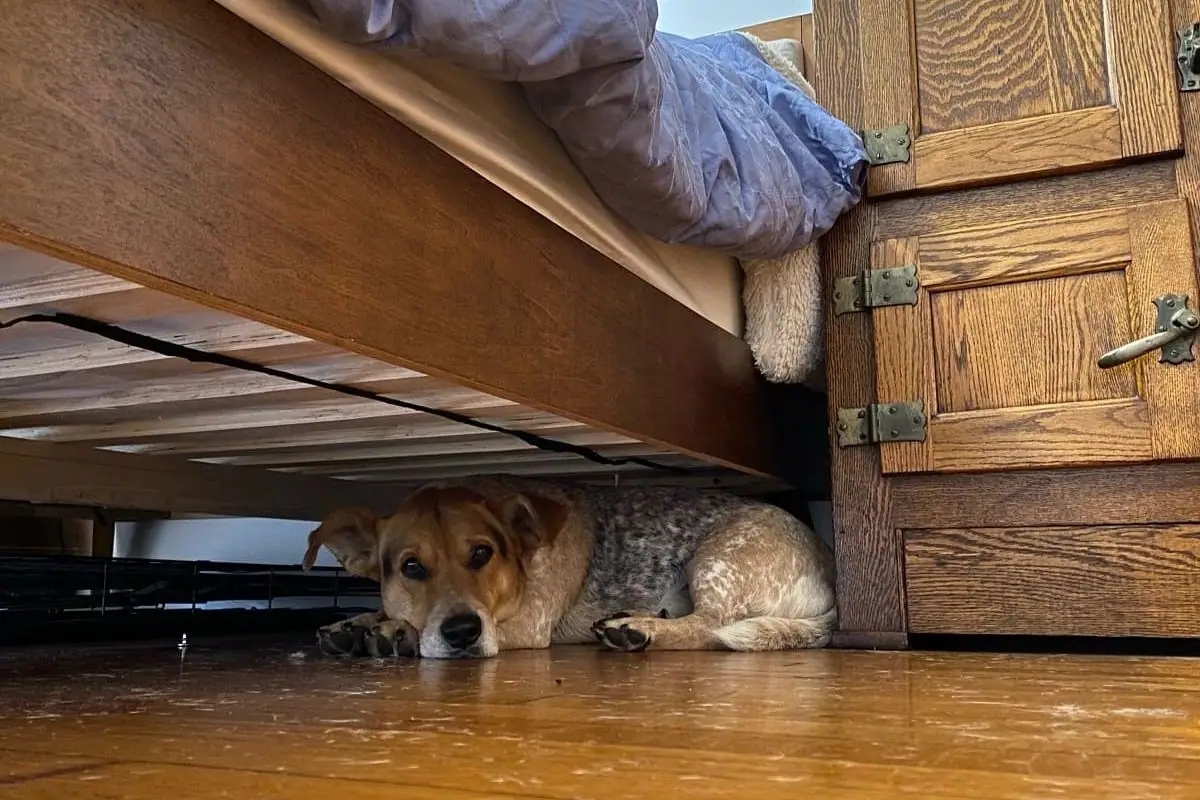
Advertisement
Mouthing
Mouthing, or gently gnawing on the hands or objects, is a way for dogs to explore their environment and express themselves. Distinguishing between playful mouthing and more forceful behaviour is important for training and safety. Recognizing this behaviour as a form of exploration or play can help in redirecting it appropriately, using toys or training.

Advertisement
Freezing
A sudden freeze during interaction can indicate that a dog is feeling threatened or is preparing for aggressive behaviour. Recognizing this sign is crucial for preventing potential conflicts or understanding when a dog is uncomfortable. This awareness enables quick action, assuring the safety and comfort of both the dog and people around him.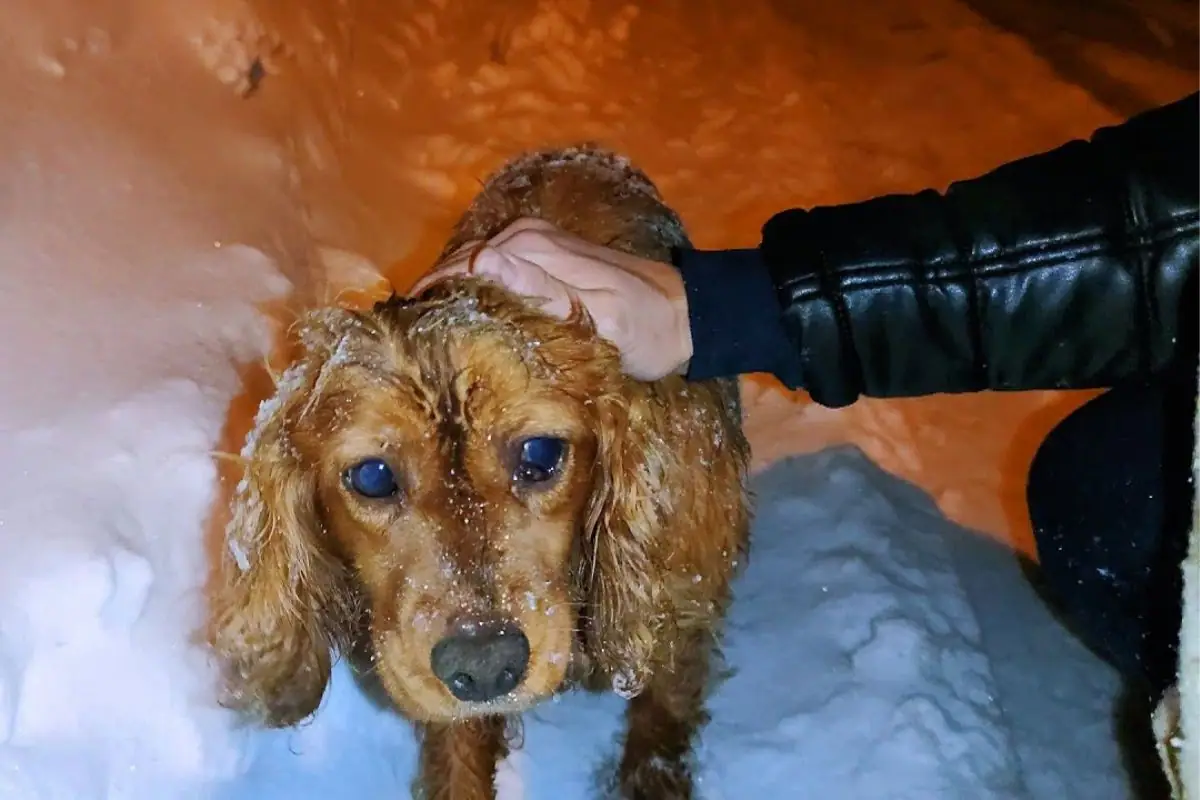
.png)




